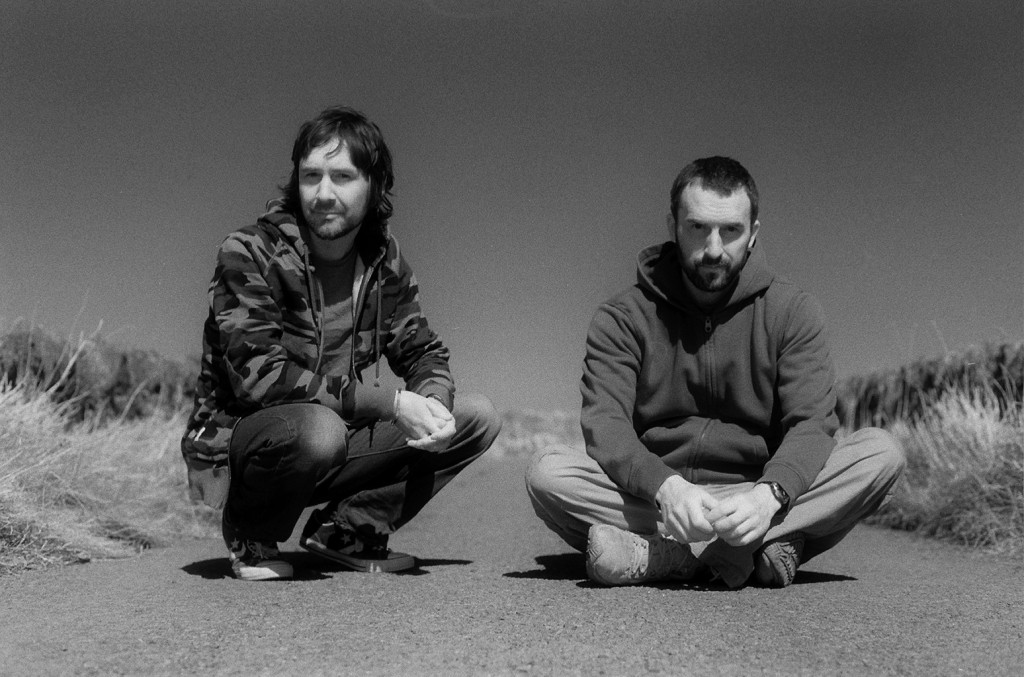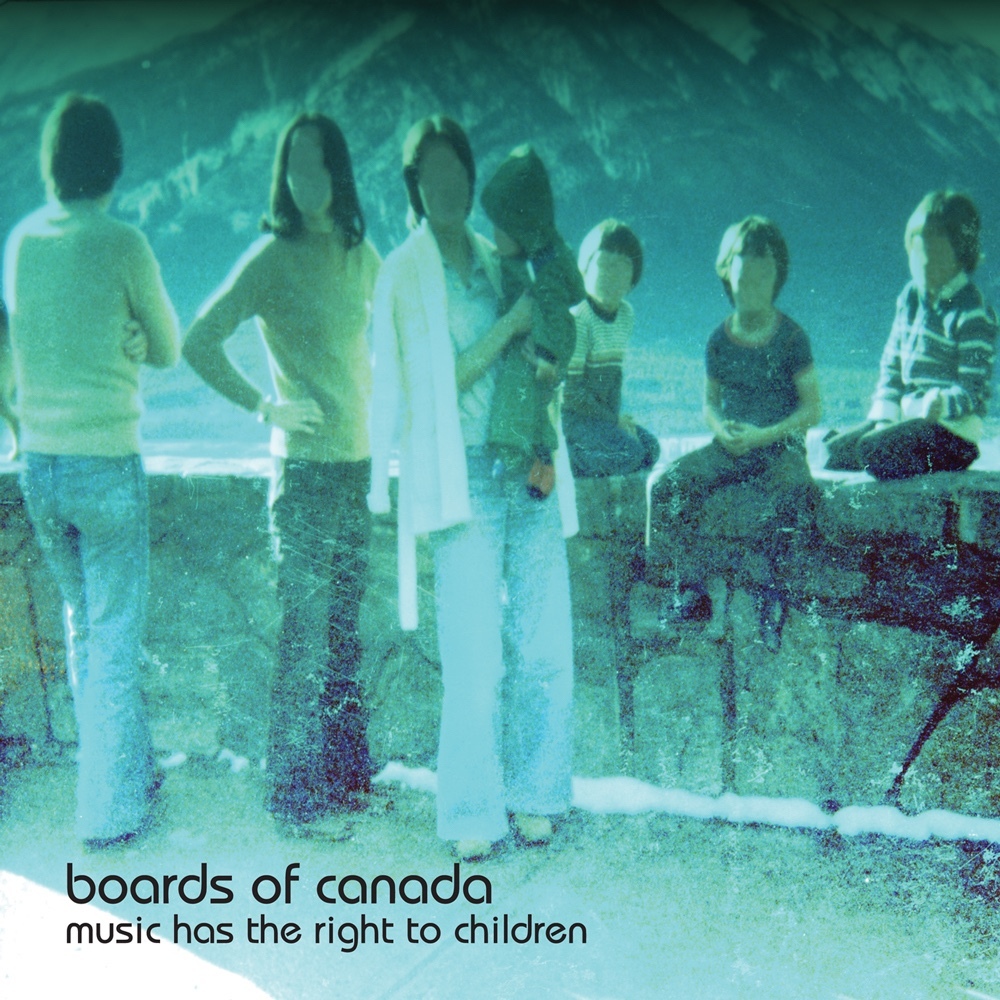
Pictured: Promo for Hiro Ama’s interview on WorldwideFM.Net (2020) (Photo via Artist/Facebook.com)
Good Morning to you! This is Jacob Braybrooke, and it’s time for us to enjoy a stroll in the Autumn along to your daily track on the blog, because it’s always been my day-to-day pleasure to write up about a different piece of music every day! Autumn, which is more widely known as ‘Fall’ to any Americans reading this for some strange reason, is a month where we all love to reflect. This is clearly very significant for the Japanese-born and now London-based Japanese Ambient composer Hiro Ama, who has just released the seasonal new single, ‘Autumn Colours’, via PRAH Recordings. Dabbling in the Contemporary Classical, Drone and Electronica genres, Ama is perhaps best known for his ‘Uncertainty’ EP that he released in 2020. On that record, Ama mixed tonal references to his Japanese homeland with pared-down House melodies and Pan-Asian instrumentals and it was self-produced within one month in his London flat during lockdown. Keen gig-goers may have noticed that Ama is also the drummer of the British Indie Pop group Teleman, alongside vocalist Thomas Sanders and bassist Pete Cattermoul, whose three studio albums have all reached the Top 75 of the UK Singles Chart and they opened for Belle & Sebastian on a tour in 2016. For his solo work, Ama has taught himself how to play the both Guitar and Piano. He has also remixed the likes of Rozi Plain and Alabastor De Plume. Out now on his Bandcamp page, ‘Autumn Colours’ is the first taste of his upcoming second solo EP, ‘Animal Emotions’, which comes after a rare break from live touring in eight years, will be released at an undetermined point of time. Settle into Ama’s ‘Autumn Colours’ below.
“As the song title says this is a song for Autumn which is my favourite season. Autumn makes me feel nostalgic and melancholic somehow and I like those feelings. Spring is too pretty and Summer is too happy – I feel Autumn represents myself perfectly”, Hiro Ama explains on his Bandcamp page, adding, “I find a bit of sadness or darkness makes music more beautiful, maybe because it’s imperfect or fragile”, to his discussion behind his latest single’s themes and explorations. Opening with an easy-going kick drum beat that rolls along at a joyous pace, ‘Autumn Colours’ bursts into life with a contemplative Piano riff and a scattering Bass line that occasionally crackles along to the upbeat tempo of the instrumental grooves. The floating Piano riff cascades into a variety of colourful guitar licks and spacious Drum grooves, with a reflective tone that keeps the proceedings feeling warm and relatively bright, but gentle and grounded in delivery. The second half of the song is where things get a little more progressive, as a harsh Synth riff introduces a more distorted nature into the track and continues to add some more diversity to the ongoing spiral of pretty, yet a little somber, Piano melodies and the Drums/Bass combo that adds a more melodic quality to the beats. There’s no need for the vocals, as the more downtempo feel of the Classical instrumentation and the more buoyant acoustic instrumentation conjoin together for a relaxing mix of laidback melodies with a darkened, sometimes rougher, undercurrent. The wavering Synth riff, found in the latter half of the track, continues to add more contemplation to the emotive style of the track and blur the lines between the lighter feelings and the more intense sequences. Overall, ‘Autumn Colours’ is a seasonally appropriate mix between an interpretation of surroundings and an internal monologue, with some hazy melodies and an ever so slightly more sinister touch, yet the Easy Listening style and flair of the track and the blissful instrumentation keeps a fairly light-hearted Jazz element in tact, as the jolly feel of seasons past draws to a close and the leaves turn brown in a surprisingly short notice.

Pictured: Hiro Ama with a Vinyl copy of the ‘Uncertainty’ EP (2020) (Photo via Artist/Facebook.com)
That’s all for now! Thank you for checking out my latest blog post, and I’ll be back tomorrow for the final entry in our ‘Way Back Wednesdays’ feature of the year, as the series will be taking a short hiatus until very early in the new year. That’s because Chrimbo is a-coming, and so we’ll be beginning our ‘Countdown To Christmas’ where we review some alternative festive anthems, both old and new, that could make your seasonal playlists this December. We’ll be rounding things off with a bang instead of a whimper, as we divert our attention to a cult classic single from a French-English Avant-Pop group who are still one of the most influential bands to reach our shores as they renewed interest in older analogue equipment at a desperate time of need. They combined elements of Kraut-Rock & Lounge Jazz, and founded their Duophonic label.
Connect with One Track At A Time:


























